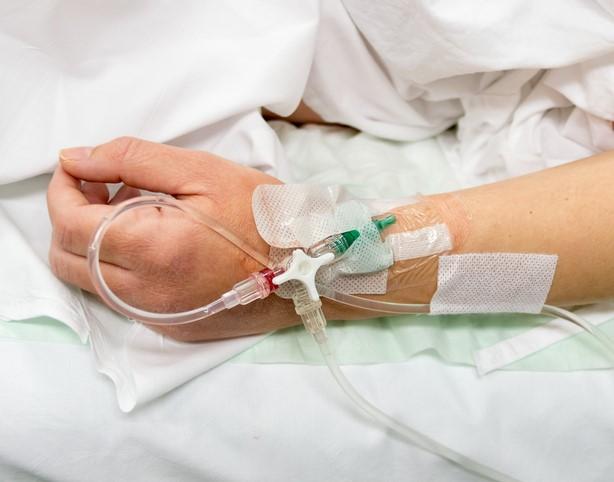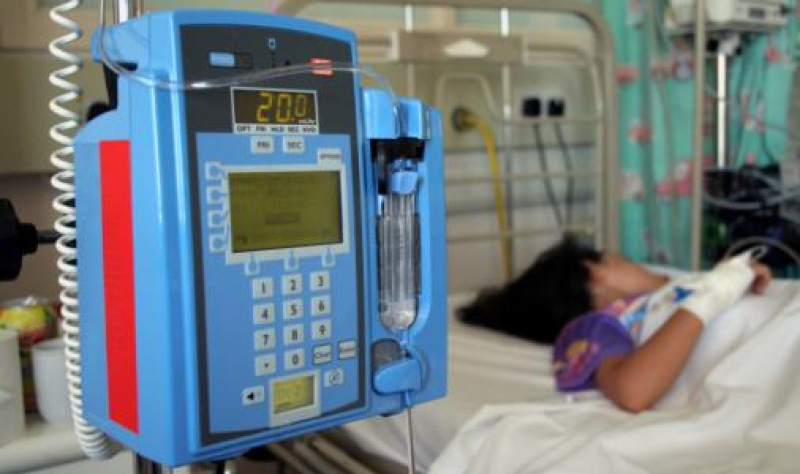White House Warns Covid Is Not Over as BA.5 Subvariant Spreads
White House Warns Covid Is Not Over as BA.5 Subvariant Spreads The New York Times


WASHINGTON — President Biden’s coronavirus response team warned Americans on Tuesday that they must do more to protect themselves against Covid-19, as the highly transmissible Omicron subvariant known as BA.5 fuels a new wave of infections, re-infections and hospitalizations across the country.
But their new strategy to combat the threat sounded a lot like the old one, couched as advice that they hope more people will follow: Get vaccinated or boosted even if you have already been infected; test if you feel sick; seek out therapeutics if you test positive and wear masks in crowded indoor spaces.
“Variants will continue to emerge if the virus circulates globally and in this country,” Dr. Anthony S. Fauci, Mr. Biden’s chief medical adviser for the pandemic, said at a White House news briefing. “We should not let it disrupt our lives. But we cannot deny that it is a reality that we need to deal with.”
BA.5 has recently become dominant among new U.S. cases; the Centers for Disease Control and Prevention estimated on Tuesday that it accounted for more than 60 percent of all new infections. The White House has been watching as it has marched across Europe and South Africa; experts say it appears able to evade some antibodies from previous infections and vaccines, though they say there is no evidence it causes more severe disease.
“The key feature of BA.5, that we know about, is its immune evasiveness — you can be fully vaccinated and boosted and still have a risk of a breakthrough infection,” Dr. Ashish K. Jha, Mr. Biden’s coronavirus response coordinator, said in an interview Monday. “You can be previously infected — even as recent as the last couple of months — and have a very high rate of reinfection.”
The warning from the White House comes as many Americans have turned their attention away from the pandemic. Mask mandates have been dropped in many states and cities, and most travelers no longer wear masks now that a federal judge has barred the Biden administration from requiring them in airports and on public transit.
In New York City, which mounted perhaps the nation’s most aggressive response to the pandemic when the novel coronavirus first emerged, people are greeting BA.5 with a “meh.”
As part of the strategy to combat BA.5, federal officials are considering expanding eligibility for second coronavirus booster shots to adults younger than 50, according to several people familiar with the thinking. But the decision will be made by the Food and Drug Administration and the C.D.C., and Dr. Jha was cautious in discussing the idea during the briefing.
A White House fact sheet said the administration would continue to work with state and local leaders to increase the number of Americans taking booster shots, with a particular focus on those 50 and older and those who are particularly vulnerable. Fewer than half of those vaccinated have received their first booster, according to the C.D.C., and just 28 percent of those older than 50 have received a second booster.
Officials are advising those eligible for boosters to get them even if they have been recently infected; Dr. Jha said getting a booster now would not preclude Americans from getting another one in the fall, when variant-specific booster shots are likely to be available.
The C.D.C. recommends that people who are sick with Covid-19 delay vaccination until they are recovered and have met the criteria to stop isolating. While the agency says people may choose to delay vaccination for up to three months, a spokeswoman said Tuesday that is “not a standard required time” to wait between infection and a vaccination.
“If you’ve not gotten a vaccine shot this year, go get one now,” Dr. Jha said. “It could save your life.”
The daily number of reported cases in the United States has remained steady at around 100,000, according to a New York Times database — a figure that many experts say is an undercount because so many people are testing at home. But as of Monday, hospitalizations have risen 17 percent over the past two weeks, according to federal data.
In the interview, Dr. Jha said that figure could reflect those who are hospitalized for medical issues other than Covid, but who test positive for the virus. Many Americans have underlying health conditions, however, and if they get infected with the coronavirus, they are at risk of developing more severe disease. Dr. Jha also suggested Americans test before attending large indoor gatherings or visiting a high-risk immunocompromised person.
During Tuesday’s briefing, Dr. Fauci said the increased hospitalizations — including an uptick in Covid-19 patients who wind up in intensive care units — most likely reflected a big rise in the number of unreported infections. Nationwide as of Monday, the average number of people in I.C.U.s with the virus had increased by 21 percent over the last two weeks, to more than 4,200, according to federal data. The latter figure, which made up about 11 percent of people hospitalized with the virus, was substantially lower than it was in late January during the winter Omicron surge.
Some other experts have said that the increase in hospitalizations indicates that a BA.5 surge is already underway.
“We’re in a surge,” said Dr. Eric Topol, a cardiologist and the director of the Scripps Research Translational Institute. Referring to the early days of the first Omicron surge, he added: “It won’t be as bad as what we went through in January. But it isn’t good. And we basically have let down our guard.”
In a recent post on Substack, Dr. Topol called BA.5 “the worst version of the virus that we’ve seen.”
In recent weeks, there have been fewer than 400 coronavirus deaths reported each day, according to The Times’s database, down from more than 2,600 a day at the height of the Omicron surge. Still, if there were 300 deaths each day for a year, it would amount to more than 100,000 deaths — a figure Dr. Jha called “unacceptable.” By comparison, the Centers for Disease Control and Prevention estimates influenza claimed 12,000 to 52,000 lives in the United States annually from 2010 to 2020.
A big issue for the administration is a lack of funds to purchase more vaccines and therapeutics. The F.D.A. said last month that it had advised coronavirus vaccine manufacturers to update their booster formulations to target two fast-spreading Omicron subvariants, BA.4 and BA.5.
But Dr. Jha said in the interview that the administration may not have enough doses for every American who wants one in the fall, because Congress has refused to allocate any additional pandemic aid. In the event of a shortage, he said, the administration would prioritize older Americans and those with specific vulnerabilities.
To pay for new doses, the administration has diverted money from other programs, including one supporting testing for the virus. Looking ahead, Dr. Fauci said it was “critical” for the government and drug makers to work together to develop the next generation of vaccines and therapeutics. “And for that,” he said, “we do need the support of the Congress in resources for us.”



